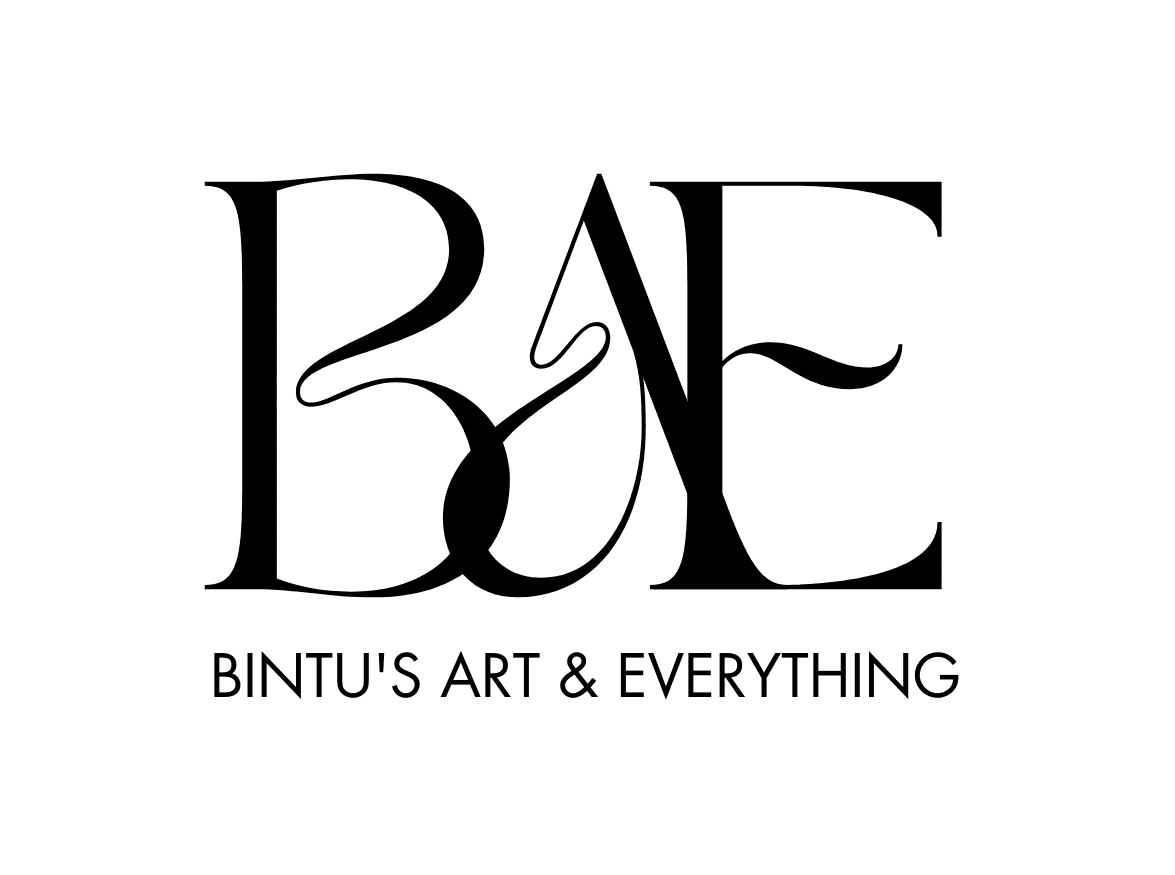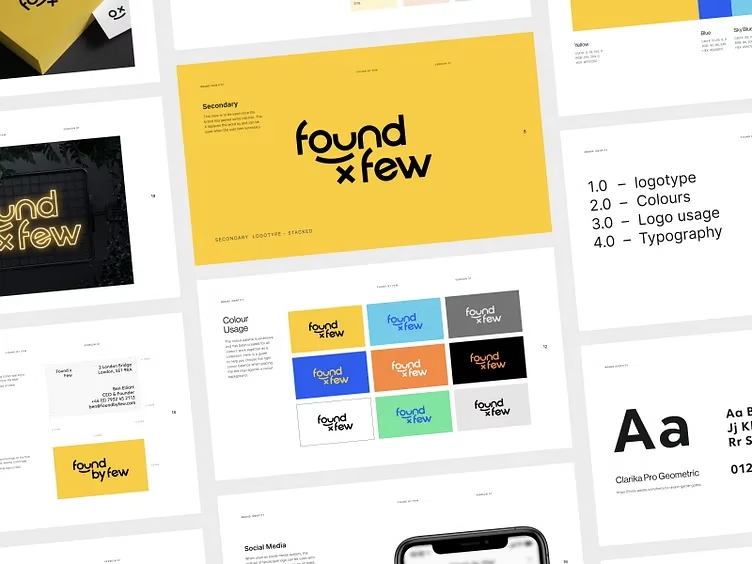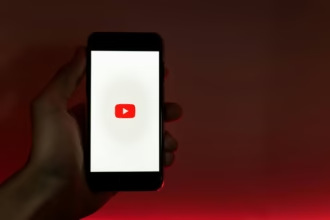In this post, you will learn how to create a visual identity for your brand, one that resonates locally to your customers.
In 2025, people don’t just buy products. They connect with brands. They choose brands that feel familiar, that speak their language, and reflect their values.
If you’re a small business or startup trying to grow in your city or town, you need more than just a logo. You need to create a visual identity that connects with the people around you.
Let’s break this down in a very simple way.
Why Local Visual Identity Matters
Many businesses focus on big branding ideas. But if your business runs in one city, town, or even one street, your brand must feel local. People like to support businesses that understand their culture, speak their slang, and use visuals that reflect their way of life.
This is why you must create a visual identity that doesn’t just look good but feels familiar to your local audience.
Think about the colours, symbols, and even photos that people around you see daily. When these are part of your brand image, your business stands out. It says, “I’m part of this place, I belong here.”
Step 1: Know Your Local Audience Deeply
Before you design anything, know your people.
- What language or slang do they use?
- What colours or signs are popular in your area?
- What problems do they care about?
Let’s say your business is in Lagos, Nigeria. Your visuals should reflect the energy of Lagos. Bright colours, fast-paced street scenes, local patterns, and even pidgin words can help your brand stand out.
To create a visual identity that truly works, talk to real people around you. Ask what kind of designs they trust. What visuals look “expensive”? What looks “local” to them?
Step 2: Pick Local-Friendly Brand colours
Colours speak louder than words. Some colours mean trust. Others mean fun. In different places, colours have different meanings.
In Nigeria, for example:
- Green connects with nature and freshness
- Red often shows energy and boldness
- Gold feels rich and royal
Pick brand colours your local audience likes. Use them in your logo, website, flyers, and even product packaging. When you create a visual identity with local colour choices, people will feel more connected to your brand.
Step 3: Use the Right Fonts and Text Style
Fonts are more than just letters. They send a message.
- Bold, simple fonts look strong and serious
- Curvy fonts feel playful or soft
- Fancy fonts look premium
But make sure your fonts are readable. If your audience finds it hard to read your name or slogan, they won’t remember you.
Also, if people around you speak a local language or dialect, use it in your taglines. That small touch can increase your brand recognition and emotional connection.
Step 4: Design a Logo That Tells a Local Story
Your logo is the face of your business. It should say something without words.
Let’s say you sell handmade bags in Kano. Your logo could have patterns that remind people of traditional fabrics. If you run a bakery in Port Harcourt, maybe your logo shows bread in a way locals recognize.
To create a visual identity that speaks clearly, your logo must be simple, unique, and meaningful to your community. Avoid copying foreign logos that have no meaning where you live.
Step 5: Use Local Faces and Places in Your Graphics
People relate better to people they recognize.
Instead of using stock photos of people from another country, take real photos of your customers, your team, or places near your store. These pictures show that your business is not just in the area, it is part of the area.
This helps you create a visual identity that looks and feels real.
Even if you’re selling online, showing local images tells your buyers that you understand them. It increases trust, and trust leads to more sales.
Also Read: 6 Businesses That Thrive in Lagos in 2025 (And Why)
Step 6: Be Consistent Across Every Platform
Once you pick your colours, logo, fonts, and visual style, use them everywhere. Don’t change them too often.
Your Instagram, flyers, store sign, WhatsApp DP, Facebook page, website, all should look like they belong to the same brand. This builds recognition. When people see your flyer or post, they should know it’s from you without reading the name.
Consistency is what makes a brand stick in people’s minds.
To truly create a visual identity that works, don’t confuse your audience with random designs.
Step 7: Make Room for Growth
Your town or community may grow, and your business might grow with it.
So when you design your visual identity, don’t limit it to just today’s style. Think about how it can grow. Your brand might go from one shop to five shops. Your logo should still work. Your brand colours should still make sense.
To create a visual identity that lasts, make sure it is flexible and modern enough to survive trends.
Step 8: Add Cultural Symbols and Meanings
Think about what your audience values, traditions, religion, culture, local heroes.
A small icon, symbol, or colour that reminds people of these things can make your brand feel “homegrown.” It shows you respect their culture.
This is especially useful if you want to connect with rural areas or traditional communities. When people feel respected, they support you more.
Step 9: Test Your Visuals With Real People
Don’t just design something and post it.
Before launching, show your visuals to real people. Ask:
- Does this look like a local business?
- Would you buy from this kind of brand?
- What do you think this logo or colour means?
If people don’t get it, change it.
The goal is to create a visual identity that works for the people you want to serve, not for you or your designer.
Step 10: Partner With Local Designers or Artists
If you want your visual identity to truly reflect your area, work with people from your area. Hire a local designer who understands your community. Or collaborate with artists who already connect with your audience.
They know what works because they live there too. You can even co-create with your audience. Let your followers vote on a logo or colour. This creates connection and loyalty.
To create a visual identity that resonates deeply, build it with people, not just for them.
Don’t Miss: Pricing Strategies to Attract Customers and Keep Profits in Nigeria in 2025
Conclusion
A strong visual identity is not just about design. It’s about connection. If you want your brand to grow in your city, town, or street, you need to look and feel like you belong there.
Take the time to study your audience. Use colours, fonts, and pictures they know and love. Be consistent, be clear, and be local.
When you create a visual identity that truly reflects the heart of your community, you don’t just attract buyers, you build loyalty. And loyalty is the key to long-term success.






